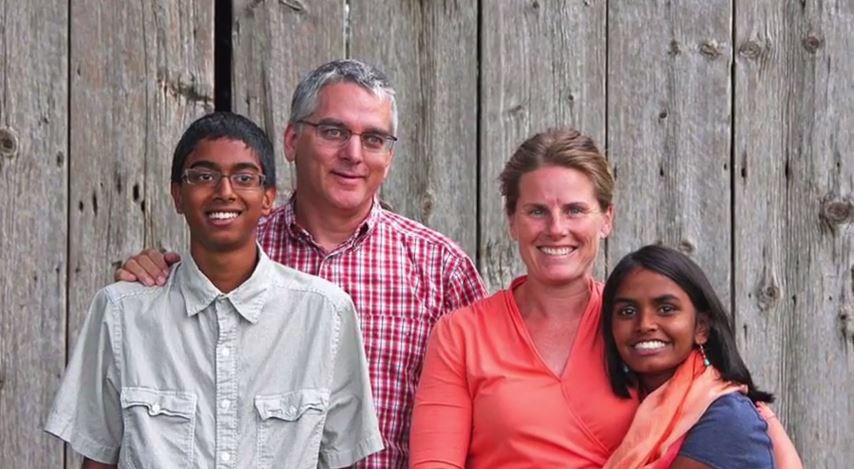
Antara Mason, a recent high school graduate, is one of our youngest and long-time writers at Brown Girl Magazine. She is also one of the bravest girls we have on board because she is speaking about suicide, a topic many are too afraid to talk about, let alone mention it. The message, made in loving memory of her brother, Tandi Mason, who recently committed suicide, is one that needs to be heard and shared over and over.
If you or a loved one feels your life is not worth living anymore, please take a minute to look at the ones who love you unconditionally. And in that same respect, Antara’s message is strong and eloquently put, be nice to the people around you.
Please watch Antara’s message and share it with your family and friends.
Source: Antara Mason’s YouTube channel




